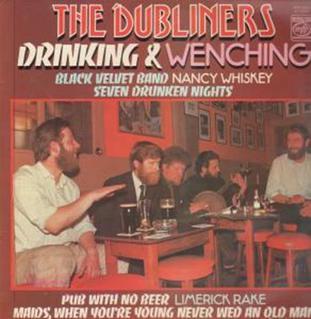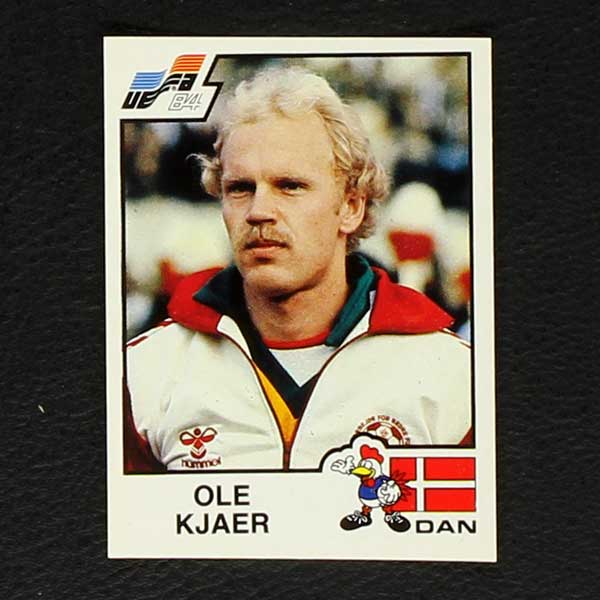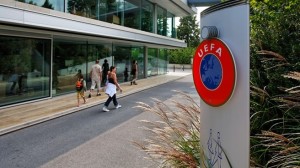
Bohemian FC v Esbjerg fB
The Dubliners were always a prolific enough band and in 1976 they released the evocatively titled compilation Drinking and Wenching and the studio album A Parcel of Rogues and toured them widely, even playing the famous Montreaux Jazz festival on a European tour.
As part of that 1976 tour they played Fanø, the picturesque island just a short ferry ride from the town of Esbjerg and went down a storm, however it was another group of Irishmen who would making sporting history there just a week after that concert, as Bohemian FC knocked out Esbjerg FC in the Cup Winners Cup to secure that they had won a tie for the first time in Europe.

Bohs winning the previous years’ FAI Cup thanks to a screamer from Niall Shelley had secured their fifth ever season of European football and they were drawn against Esbjerg FB, one of the dominant Danish sides of the 1960s who had just won their second domestic cup, they’d also some experience against Irish sides having knocked Linfield out of the European Cup in 1962-63. Danish football was only beginning its transition towards professionalism (this wouldn’t happen until 1978) so all the Esbjerg players were technically amateurs, though they did have players of genuine quality. Young midfielder Jens Jørn Bertelsen made his international debut that year and would go on to represent Denmark at Euro 84 and World Cup 86, while goalkeeper Ole Kjær would go on to win 27 caps for Denmark and was also a squad member Euro 84.
Bohs were in the unusual position of being the more fancied of the two sides in European competition and to turn stereotypes on their heads it was the Danes who were talked about as being defensive and physical. The first leg in Dalymount saw Esbjerg keep nine men behind the ball most of the time as they tried to hold out for a point in front of a disappointing Dublin crowd of only 2,500.
Bohs won that home leg 2-1, their main attacking threat coming from the wings in the form of Pat Byrne and Gerry Ryan (both future Irish internationals), with Ryan grabbing the opening goal just before half time. In a rare moment of skill from the Danes, Henrick Nielsen levelled on 58 minutes with a spectacular overhead kick, but the Gypsies were to prevail, the Esbjerg keeper Kjær failed to deal with a long-range Niall Shelley shot that rebounded in off a defender to give Bohs the home win. They even had time to bring on another future Irish international, 18-year-old Ashley Grimes as a sub for veteran, Tommy Kelly.
The away goal, however, gave the Danes confidence that they could pull off a result in Esbjerg in front of a home crowd estimated at 8,000. But despite drawing one fine save from ‘keeper Mick Smyth it was Bohs who did the only scoring, Noel Mitten, on as a sub for Turlough O’Connor heading in a cross from Pat Byrne to secure that Bohs progressed in Europe for the first time in their history. A tie with Polish cup winners Śląsk Wrocław awaited. The Dubliners European tour continued…
This piece originally appeared in the Bohemian FC v Fehérvár FC match programme




